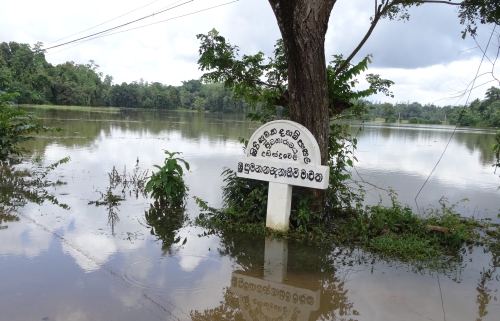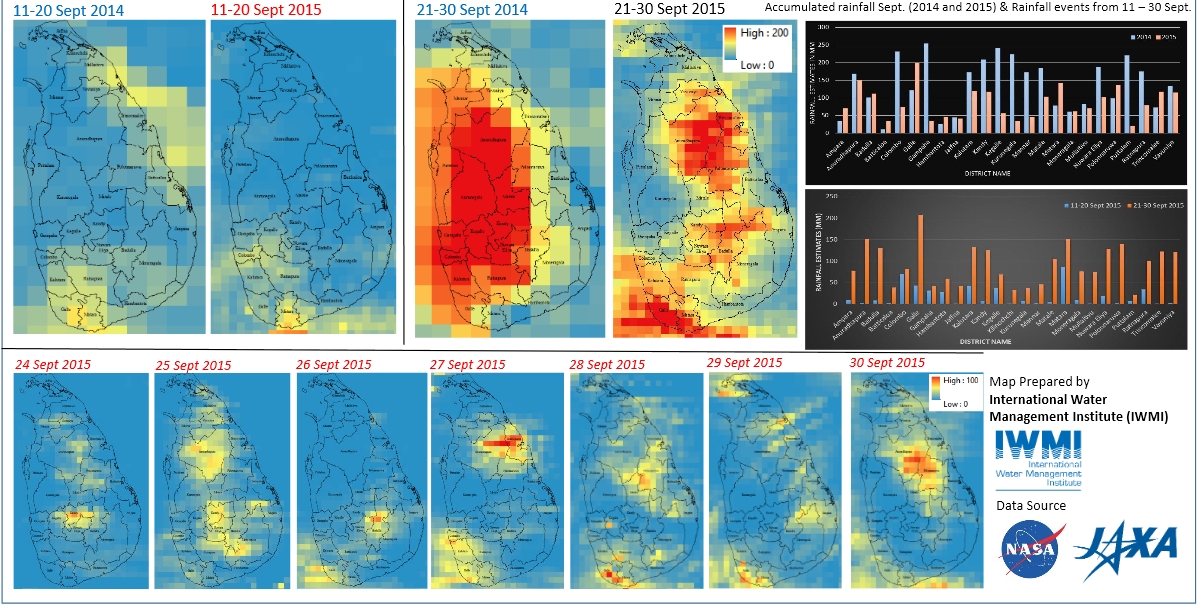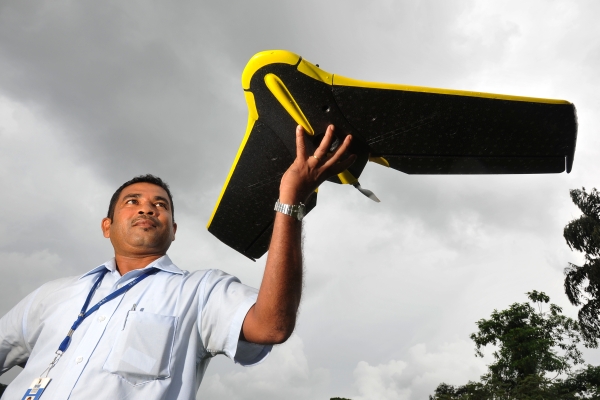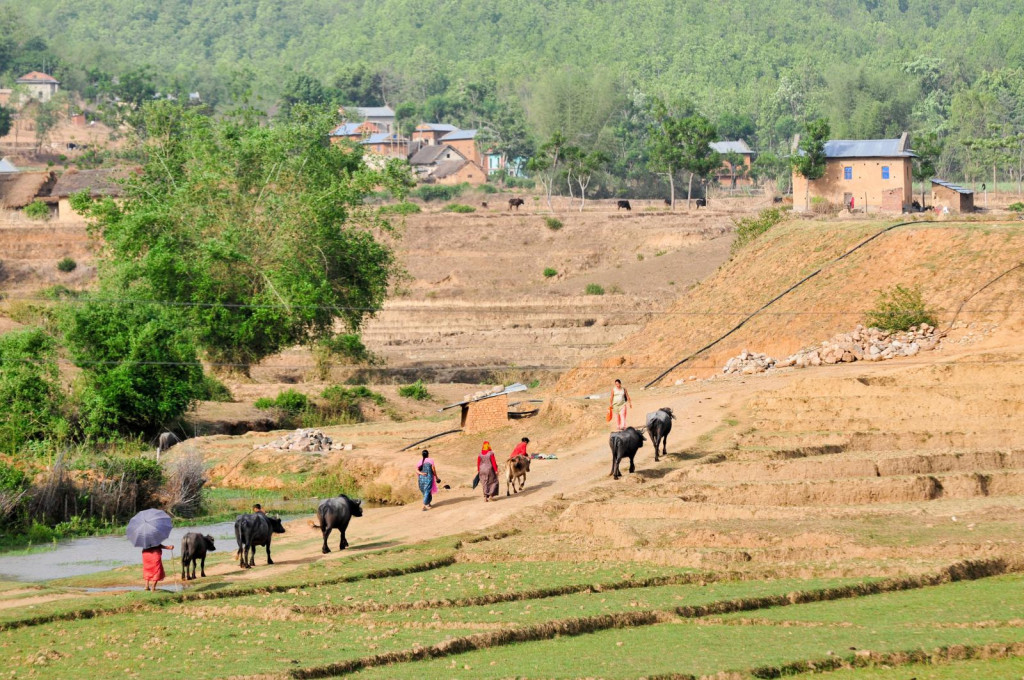After exceptional rainfall in Sri Lanka’s Southern province, IWMI has activated its emergency response disaster charter in partnership with Sentinel Asia, an initiative of the Asia-Pacific Regional Space Agency Forum (APRSAF) to aid disaster management in the Asia-Pacific region using remote sensing. This was done at the request of the Sri Lankan Disaster Management Centre (DMC) in the Ministry of Disaster Management (MoDM).

For the first time, maps have been prepared by a consortium consisting of IWMI, MoDM and the UN’s space based information service for disaster management and emergency response (UN-SPIDER). This shows the flood situation using real-time, cloud-free satellite images provided by the Japanese Aerospace Exploration Agency (JAXA). The maps are being used by the DMC Relief and Emergency Unit to support rapid impact assessment and disaster response. The information is also shared with other relevant authorities to improve decision-making.

“This partnership has enabled us to deliver accurate and timely maps which we hope can provide valuable information for flood relief,” said Giriraj Amaranth who leads IWMI’s flood mapping research. “We believe that satellite data has huge potential in this regard and hope that we can play a useful role in rapid emergency response mapping. Last Saturday we accompanied the DMC on a field mission to the affected districts to evaluate the scale of flooding and its impact on paddy fields. The information collected in the field will be used to develop a situation report.”
The maps are available on the UN-OCHA Relief International website:
This work is supported by the CGIAR Research Program on Climate Change, Agriculture and Food Security (CCAFS)








